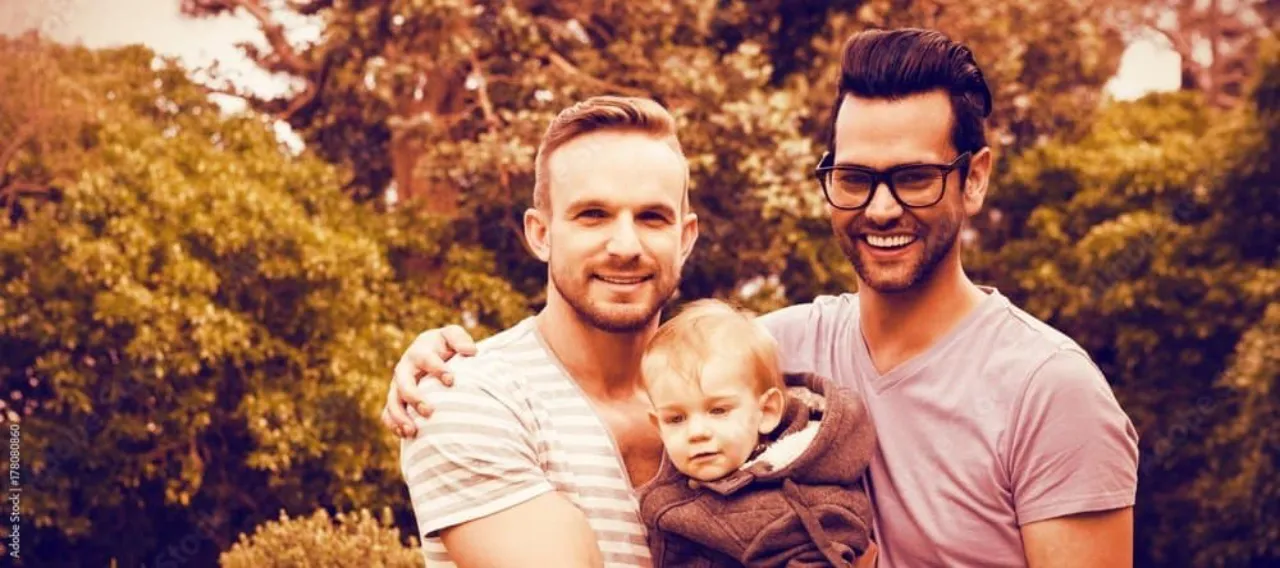For around 100 years, Australian minds and media generally defined “family” as an inflexible structure: a mother, a father and 1-2 children. From TV to entertainment packages to adverts, the predominant narrative suggested this was a “typical family”, reflected in toothpaste commercials and media spend.
Of course, for many Australians, this definition of family never matched their own reality. Today, that historical definition of a household is even more at odds with the facts. Now, “family” is a broader, more inclusive term spanning diverse ages, marriage statuses, sexual orientations, life stages and how many people are actually living under one roof.
It’s a shift that advertisers and brands need to be aware of before they start to lose relevance. By not reflecting this crucial transformation brands are at risk of misrepresenting the diversity of Australian families, creating a mismatch in their messaging, offers and strategies.
But how do we know things have changed?
In February, Insights Exchange and Pureprofile surveyed 1,700 Australian residents over the age of 18, weighting the data for gender, age and location to ensure accuracy. Over 3 days, we gathered a significant amount of data that led us to substantiate5 influential demographic shifts in Australia, which we’ll reveal further in future articles.
The first of the major pronounced shifts is, as you might’ve guessed by now, the decline of the nuclear family.
In the near future, fluid definitions of family will become common or even predominant, shifting to single and single parent households, multi-generational households, adult children at home and couples putting off children—or not having them at all. Aged consumers already feel misunderstood.
What the Data Shows
When asked about the makeup of their household, respondents provided answers that show a stark contrast from past nuclear family assumptions:
- Just 1 in 4 said their household has a child under 18 years of age at home
- 40% of 18-24yr olds are living at home with their parent/s
- 51% of 18-34 year olds said they’re unlikely to have a baby in the next 5 years
- 1 in 3 said they feel their family is not represented by Australian media and advertisers; this increases to 1 in 2 feeling poorly represented in the 55+ age group.
The causes are complex and multi-faceted, from a shrinking population to housing prices to shifts in technology and culture. Economic insecurity, further exacerbated by COVID-19, has created unlikely roommates and delayed pregnancies, creating ripple effects we’ll feel for decades.
What This Means for Advertisers & Brands
Assumptions we’ve made about age groups or living arrangements need an overhaul. Your customers want to see themselves reflected in your brand, from the people you choose for a social media pic to the campaigns you promote to the messaging on your website. If your customers don’t feel seen and catered to, they’ll find another brand they feel is relevant to their household and values.
You might’ve noticed this transition happening already; single fathers are doing laundry in TV spots and senior same-sex couples are enjoying active hobbies in banner ads. Savvy brands have caught on. But it’s more than just who shows up in your advertising; this shift will impact everything from packaging to logistics to media spend to social impact.
For example, with more adult children living at home, this may upend who influences purchasing power within the home, requiring changes in marketing channels and distribution models. While mum and dad assume purchasing a toothbrush requires going to the shops, their daughter living at home after university knows there’s a subscription toothbrush option—something she learned about from a paid TikTok influencer.
Because the subscription option is effortless, the entire family converts. Along with this decision, they trade the plastic packaging of retail toothbrushes for compostable eco-friendly packaging, supporting a brand that promises to pay living wages to its employees. They now question how other brands they buy from treat packaging and employees. How different now are the requirements for selling toothbrushes!
What Your Brand Can Do Now
Luckily, you and your brand now know this shift has arrived. Instead of fighting it, realise this is an opportunity to embrace new customers, refresh your brand and innovate in ways that the former definition of “family” prevented.
To be specific, now is the time to leverage insights about your customers, data the consumer insights experts at Insights Exchange can help you discover and leverage. Working with a global selection of vetted consumer insights pros gives you a cost-effective way to know exactly who your customers are, what they value and how you can reach and convert them.
Don’t forget to check back for the second part of this 5-part series, coming 1st of June.


